Experts share how to get the best out of your cup cutter
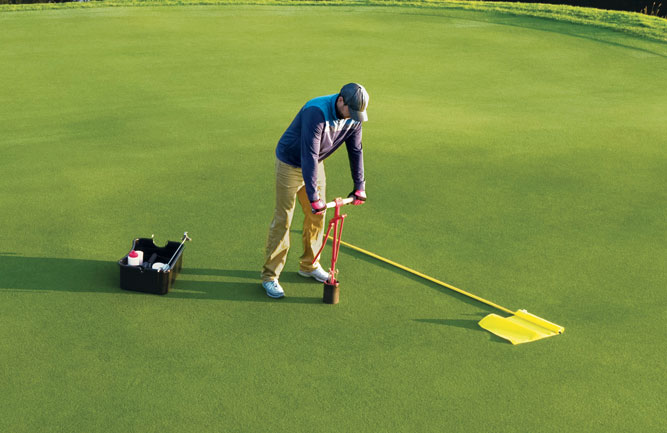
It’s crucial to know which style of cup cutter blade — inside sharpened or outside sharpened — is best for your greens. (Photo: Par Aide)
As superintendents utilize cup cutters this summer, Jake Mendoza stresses the most important practice they should remember is that their blades must remain sharp.
A superintendent himself, serving at Sugar Grove, Ill.’s Rich Harvest Farms, Mendoza adds that “a sharp blade is the key to a clean, precise edge.” If a cup’s edge isn’t as accurate as possible, it could have dents or imperfections that will negatively impact a cup’s lip.
“While preparing their sites, before utilizing a cup cutter, superintendents must ensure the surface is free of debris,” Mendoza says. “They also have to make sure that the hole is in the correct location, especially if they’re using a pin sheet or rotating holes.”
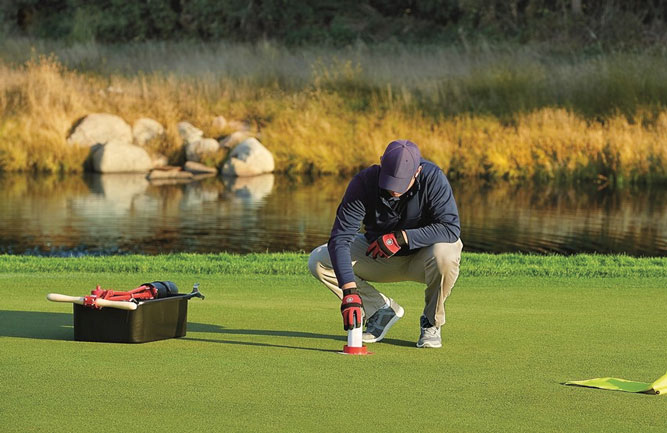
Photo: Par Aide
Take care
Mendoza urges superintendents to transport cup cutters as carefully as possible in their golf carts to prevent any potential damage. In doing so, their cup cutters’ blades will remain very sharp.
To achieve their cup-cutting goals — particularly clean, precise edges — Mendoza adds that superintendents have quite a few options to choose from. However, he also stresses that their choice is a personal preference.
“In the end, they all do the same job, but in different ways,” he emphasizes. “Some have scalloped blades, while others have straight blades. On the other hand, some have blades on their exterior edges, while others have blades on their interior edges.”
With so many cup cutters to choose from, Mendoza believes that superintendents must determine which one is the most comfortable for them to use and they should verify which one is the most ideal for their specific sites.
“A crisp, clean edge is the goal, but there are so many ways to achieve that,” he says. “Superintendents need to find whichever cup cutter works for them and their sites.”
Par Aide Products Co.

Dan Brown (Photo: Par Aide)
Dan Brown
Sales and Marketing Manager
Successful cup cutting begins with a great hole cutter, but other best practices are just as critical. First and most importantly, superintendents must maintain a sharp blade. Whether they’re using inside sharpened (sand-based greens) or outside sharpened blades (push-up greens), sharpness is essential. To maintain blades’ sharpness, superintendents can use a hole cutter mount, fastened to their utility vehicle — a great space saver that also protects blades during transportation. Another best practice is the utilization of depth gauges and cup setters, which ensure cups are cut and set to proper depths. Other great tools for perfectly cut cups are the hole cutter guide, cup auger and cup hole trimming scissors. Finally, by painting cup holes’ edges with the 360-hole painter, superintendents can quickly and affordably elevate their courses’ look and feel.

Matt Pauli (Photo: Standard Golf)
Standard Golf Company
Matt Pauli
Vice President, Director of Marketing
While choosing the most suitable hole cutter, superintendents must know which type of green they have. For USGA-spec greens, they typically use an interior, sharpened shell. For push-up/clay-based greens, an exterior, sharpened shell is the most ideal. Once superintendents determine which shell they should use, they’ll need to keep it as sharp as possible. This ensures that cuts are precise and that turf slices, not tears. Dull blades often lead to cuts with more of an egg shape — an issue they can avert altogether, simply by implementing proper maintenance. Superintendents should also use a hole cutter guide whenever they cut cups. By using a rugged, lightweight and powder-coated aluminum base that sits on greens, they’ll protect their turf from the additional stress of twisting feet, which occurs during aggressive cutting. Furthermore, a guide will include a template for the hole cutter to guarantee that straight, crisp cuts occur.
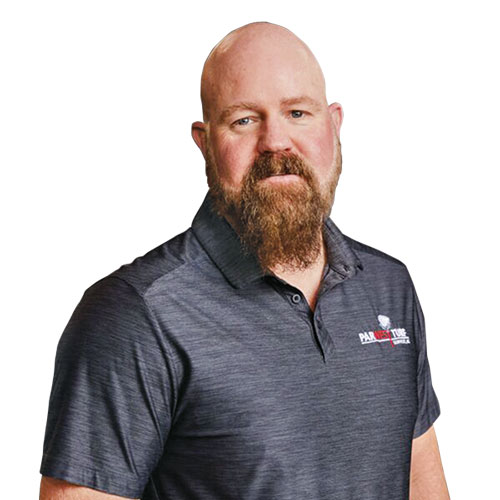
Chris Normandin (Photo: Par West)
Par West
Chris Normandin
President and CEO
First off, only a trained golf course superintendent should conduct cup cutting, as it must occur in a cautious, meticulous and professional manner. And every superintendent must transport their cup cutter properly — in the cab of their transport vehicle, preferably with a rubber mat in order to protect its cutting edge — and then store it in an edgeless container. Each superintendent should also bring some green sand with them as they cut cups. Or they can purchase a ball marking tool to mesh the plug edges with the green surface while using a cup plugger. Superintendents must determine which hole cutter (clay-based or sand-based) and blade is best for their particular soil, too.









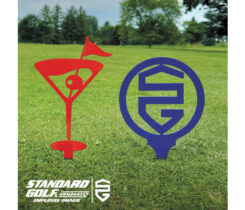
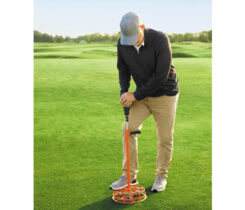


How do you sharpen cup cutter blade. What tool do you use along with stating it can you show a picture of one? Thanks please send info & picture to my email address. Thanks again.